The breadth of PageWide printing
HP PageWide technology is far more than an office printing solution.
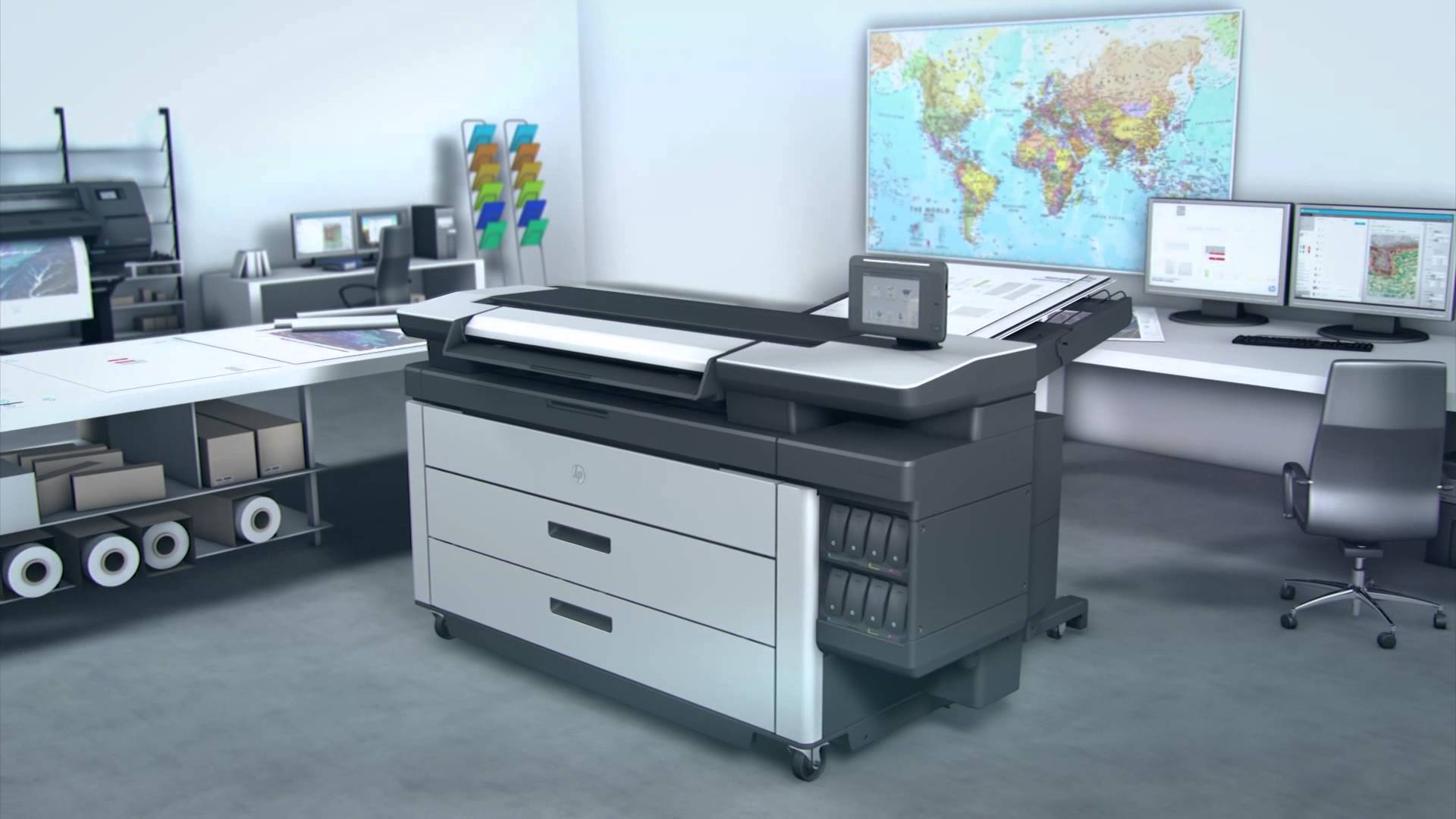
The biggest development in Inkjet printing in well over a decade, HP's PageWide technology is already revolutionising the office printer. With incredible accuracy, high speeds, low-printing costs and superb reliability, HP's PageWide printers are already setting new benchmarks for office inkjets, while giving serious competition to many office lasers. Yet HP is only just getting started. As a technology that has its roots in commercial presses, PageWide can scale upwards and downwards to power everything from A4 desktop printers to large-format plotters and a new generation of high-speed Web presses. What's more, it's a technology that can handle the heaviest workloads, already honed and proven through billions of printed pages. In every industry it touches, PageWide is a force to be reckoned with.
The PageWide Difference
In a conventional colour inkjet printer, each sheet of paper moves vertically through the paper transport mechanism, pausing briefly so that a moving print head can travel horizontally across the surface, its thousands of tiny ink nozzles depositing a band of cyan, magenta, yellow and black ink. A PageWide printer does things differently, using an array of printheads spanning the width of the page. Each head in the array contains thousands of nozzles for each of the four ink colours, and the result is that each band of ink can be deposited in one burst while the paper moves at higher speeds underneath. Working with an equally precise paper transport mechanism, controlling the motion of the paper with incredible accuracy, PageWide printheads deliver a revolutionary combination of precision, quality and performance.
It's this that enables the latest PageWide office printers to reach speeds of up to 70 pages per minute, while still printing professional-quality text and images at resolutions of 2400 x 1200dpi. What's more, as the printheads are built to account for potential issues like clogged nozzles, you get business grade reliability to boot.
Scaling Up
Yet there's more to PageWide than office printing. The great thing about this technology is that it's modular. The printhead used in PageWide office printers is 8.57 inches wide, but to broaden the scope of the technology HP has developed a new 5.08in PageWide printhead with a new S shape, making it easy to stack larger arrays of printheads horizontally. This enables HP to build arrays measuring 20, 40 or even 60-inches wide. In theory, they could be as wide as you can imagine.
With no need to factor in the motion of a moving printhead or worry about wear and tear on the mechanism, the biggest limitations become controlling so many thousands of nozzles and ensuring that the paper transport mechanism can handle the media while constraining lateral movement. For a company with innovation in its DNA, these are challenges, not problems. It's no surprise, then, that PageWide is expanding to conquer new territories.
Right now, that means products with the potential to revolutionise the large-format printer and plotter markets. HP's new PageWide XL printers are the fastest large-format production printers currently available, working at speeds of up to 30 D/A1 prints or posters per minute. They can beat current LED printers on raw performance, while delivering mixed monochrome and colour pages - an impossibility for the monochrome-only LEDs. They're also up to 50% faster than conventional large-format inkjets and plotters, and with an ultra-fast processor and PDF management built-in they can be 50% faster to start printing. Meanwhile, the 1200 x 1200dpi resolution and HP PageWide XL pigment inks ensure crisp lines, fine detail, smooth greyscale gradations and rich, vibrant colours, all on smudge-resistant, durable prints.
To make this work, HP has taken its PageWide technology and developed a 40in print array with more than 200,000 ink nozzles stretching across the A1 page. The ink cartridges have the capacity to last for between four and six rolls of paper, covering the printer for high volume printjobs. Plus, with HP's SmartStream software, the whole process is optimised to get you printing faster and save you time when it comes to collating the output. Whether you're printing small numbers of high coverage documents or medium to high coverage documents in quantity, the PageWide printhead and the SmartStream software can get superb results faster, and at lower costs than conventional inkjets and plotters.
Why is this so revolutionary? Because there's no need to make trade-offs between operating costs, quality, print speeds and colour capabilities; PageWide XL printers can balance them all. Architects, engineers and other construction professionals can have colour in their documents and diagrams, making them clearer and easier to read, without facing long waits or unnecessary costs. Design firms and small to medium repro firms can produce the large format prints they need to tighter deadlines while reducing overheads. Maps and point-of-sale posters can be produced at breakneck speeds, on demand. In an era where every business values efficiency and agility, PageWide XL printers deliver on both counts.
The PageWide Press
And PageWide isn't finished there. This technology began with commercial print before HP shrunk it down for office printing, and now things have come full-circle. HP's latest range of PageWide Web Presses is already making waves in the commercial print market, with HP's new High Definition Nozzle Architecture allowing for high-speed 1200dpi colour printing from a PageWide print head with 2,400 nozzles per inch. This doesn't just allow for pages with smoother transitions, enhanced shadow detail and more even colours, but a dramatic increase in performance, enabling the new generation of PageWide Web Presses to reach speeds of up to 244 metres per minute in full colour.
This story isn't just about speed and print quality, though. In today's commercial printing market flexibility is crucial, and PageWide technology gives you more. With PageWide, it no longer matters if you want to print one book or 2,000 books, or even if you need to print the one book straight after the 2,000. The technology and processes accommodate rapid, seamless switching. Combine this with new workflows and the whole way commercial printing works changes. It becomes easier to do local or regional editions of magazines, or do targeted or personalised versions of a journal. Smaller print runs become more commercially viable, as do manuals or guides that target more specific products or markets. PageWide removes nearly all restrictions.
Of course, raw performance helps. A PageWide Web Press can give printers working in the financial or business sectors the performance they need to print millions of pages and get them to their customers the next day, on deadline. When the City or Wall Street can't wait, HP Web Presses ensure that they don't have to. Meanwhile, one of the biggest overheads in publishing the need to overprint to ensure supply becomes unnecessary. Instead of printing too many copies and leaving them sitting, unwanted on a warehouse shelf, publishers can order smaller runs as and when they're required. In short, PageWide Web Presses take us one step closer to large-scale printing on demand.
New Frontiers
PageWide is shifting into new devices and new markets, but that doesn't mean its journey ends there. Over the next few years we can expect PageWide technology in other forms, covering everything from desktop models to huge commercial presses, with potential applications in the new world of 3D printing. Faster speeds, lower costs, higher quality and improved reliability, whatever the device, whatever the market: the whole PageWide ecosystem will grow to meet it.
Get the ITPro daily newsletter
Sign up today and you will receive a free copy of our Future Focus 2025 report - the leading guidance on AI, cybersecurity and other IT challenges as per 700+ senior executives
ITPro is a global business technology website providing the latest news, analysis, and business insight for IT decision-makers. Whether it's cyber security, cloud computing, IT infrastructure, or business strategy, we aim to equip leaders with the data they need to make informed IT investments.
For regular updates delivered to your inbox and social feeds, be sure to sign up to our daily newsletter and follow on us LinkedIn and Twitter.
-
 Should AI PCs be part of your next hardware refresh?
Should AI PCs be part of your next hardware refresh?AI PCs are fast becoming a business staple and a surefire way to future-proof your business
By Bobby Hellard
-
 Westcon-Comstor and Vectra AI launch brace of new channel initiatives
Westcon-Comstor and Vectra AI launch brace of new channel initiativesNews Westcon-Comstor and Vectra AI have announced the launch of two new channel growth initiatives focused on the managed security service provider (MSSP) space and AWS Marketplace.
By Daniel Todd
-
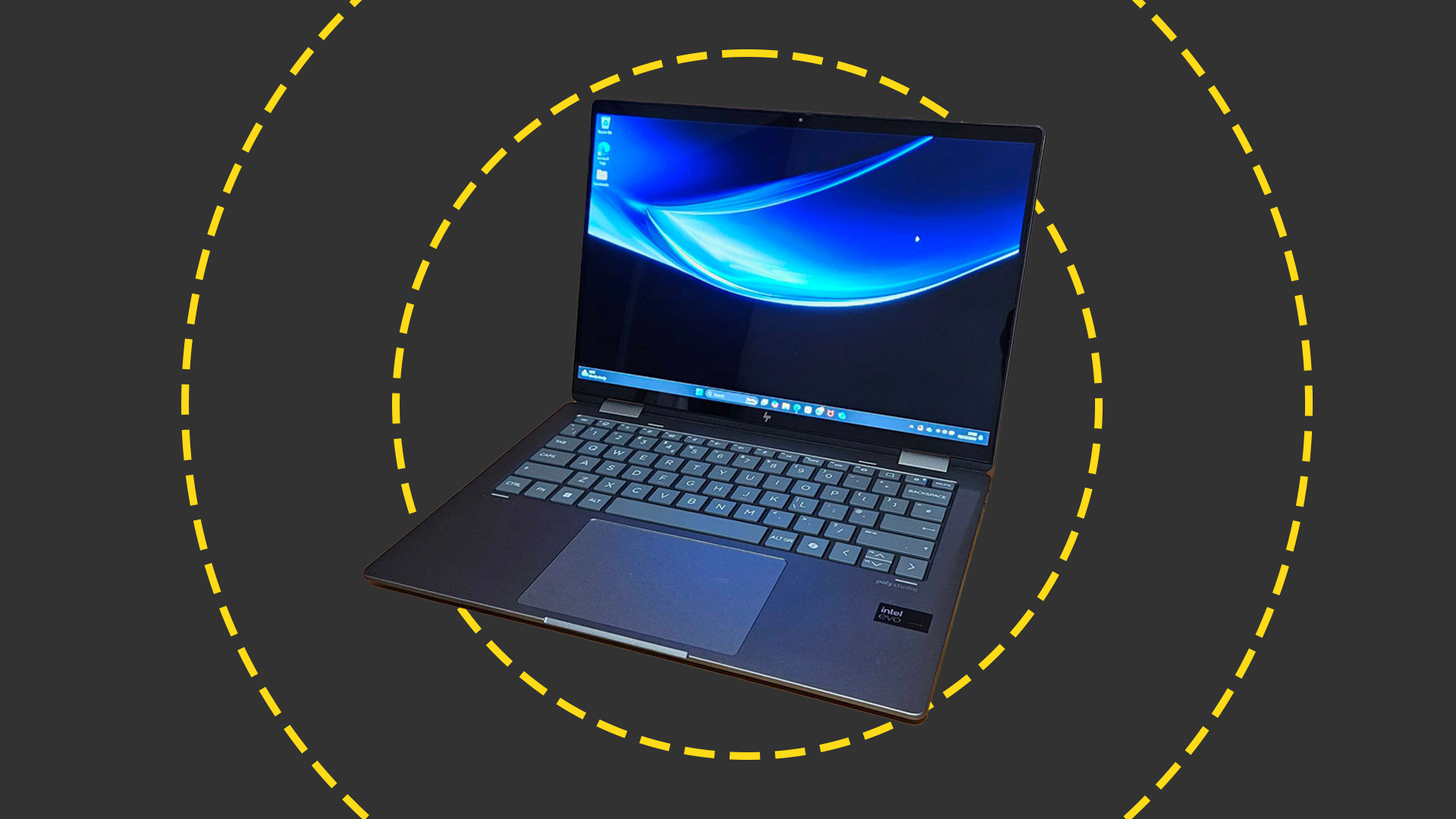 HP Envy x360 2-in-1 (14-FC0009NA) review: A cut-price AI PC for the enterprise
HP Envy x360 2-in-1 (14-FC0009NA) review: A cut-price AI PC for the enterpriseReviews The Intel-powered HP Envy x360 is a decent punt for its price point despite a few bugbears
By Keumars Afifi-Sabet
-
 Dell, HP post underwhelming returns as PC market remains in a state of flux
Dell, HP post underwhelming returns as PC market remains in a state of fluxNews Original equipment manufacturers (OEMs) are contending with an impending Windows 10 EOL and a burgeoning AI PC market
By George Fitzmaurice
-
 Help skilled workers succeed with Dell Latitude 7030 and 7230 Rugged Extreme tablets
Help skilled workers succeed with Dell Latitude 7030 and 7230 Rugged Extreme tabletswhitepaper Help skilled workers succeed with Dell Latitude 7030 and 7230 Rugged Extreme tablets
By ITPro
-
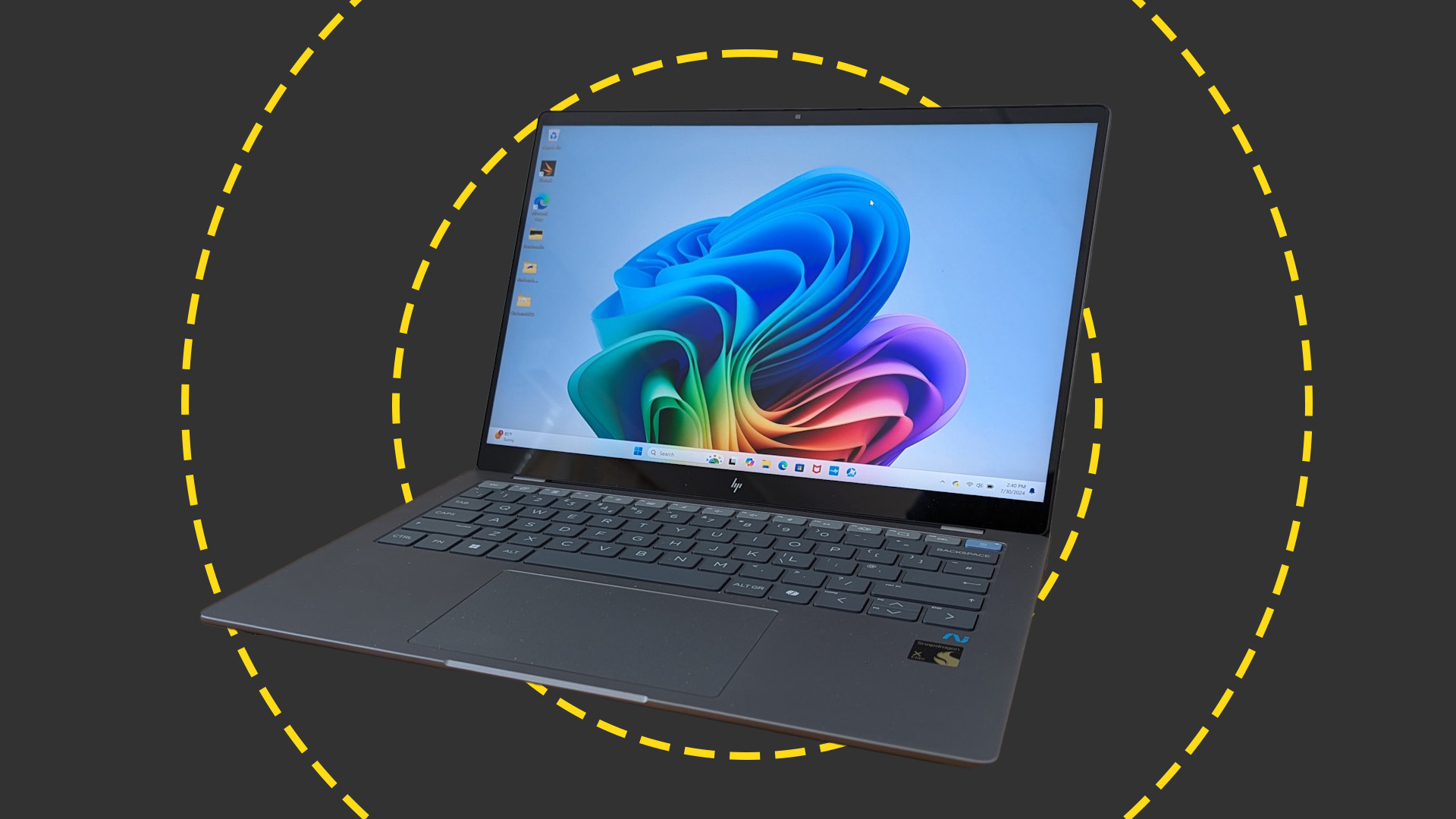
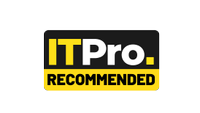 HP OmniBook X 14 review: Incredible battery life meets Copilot+ AI
HP OmniBook X 14 review: Incredible battery life meets Copilot+ AIReviews Ignore the slightly underwhelming screen and you have a brilliant thin-and-light laptop with AI capabilities and superlative battery life
By Stuart Andrews
-
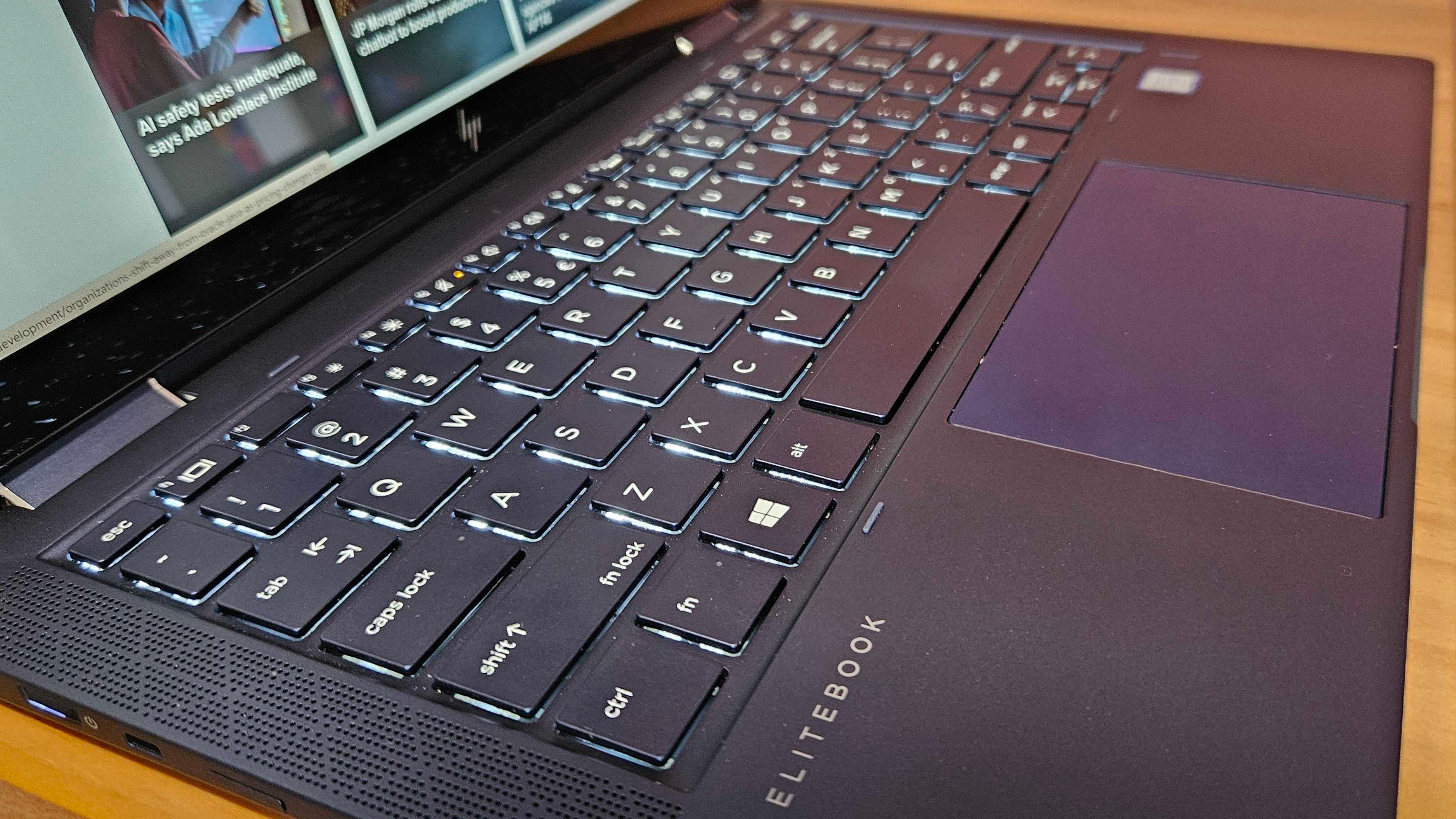 HP has scrapped its most compelling device as it aims for AI PCs — there is nothing like it left on the market
HP has scrapped its most compelling device as it aims for AI PCs — there is nothing like it left on the marketOpinion The HP Elite Dragonfly had everything you needed – a great battery, plenty of power, all the ports, and a fantastic display – until it was killed off
By Keumars Afifi-Sabet
-
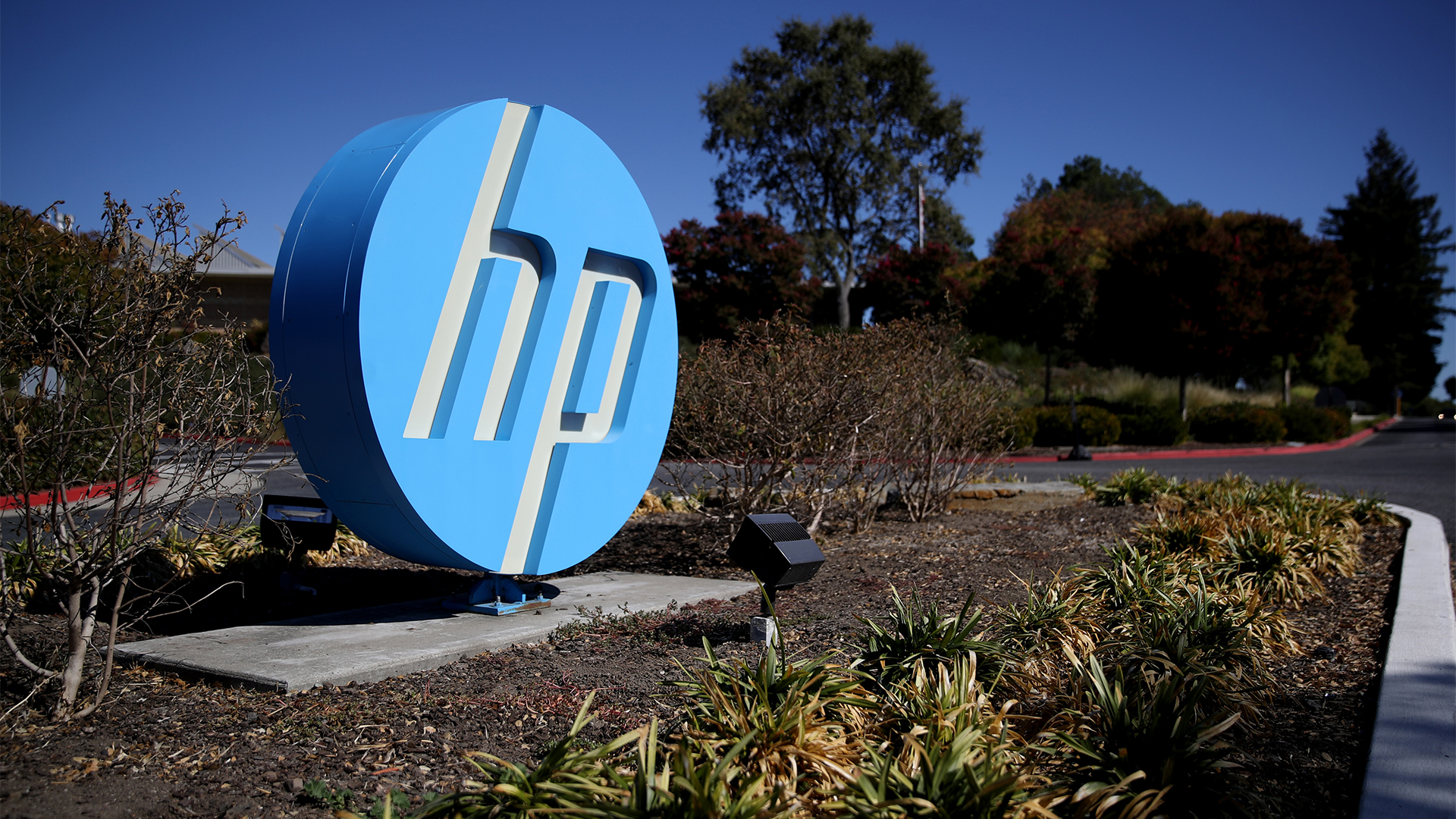 HP shows the AI PC ecosystem is starting to bear fruit — is it time for businesses to take note?
HP shows the AI PC ecosystem is starting to bear fruit — is it time for businesses to take note?Analysis The era of the AI PC may soon be upon us as software vendors start to realize the potential value of processing AI workloads locally
By Solomon Klappholz
-
 HP caps off its PC overhaul with the launch of the OmniBook Ultra 14 – its most powerful AI-powered laptop to date
HP caps off its PC overhaul with the launch of the OmniBook Ultra 14 – its most powerful AI-powered laptop to dateNews With the HP Dragonfly, Spectre, and Envy brands ditched in sweeping restructure of device portfolio, the OmniBook Ultra 14 marks the first major step into the era of the AI PC
By Solomon Klappholz
-
 HP just launched the world’s first business PCs designed to protect firmware against quantum hacking
HP just launched the world’s first business PCs designed to protect firmware against quantum hackingNews HP is worried about quantum security risks, so it’s upgrading devices to contend with future threats
By Ross Kelly
